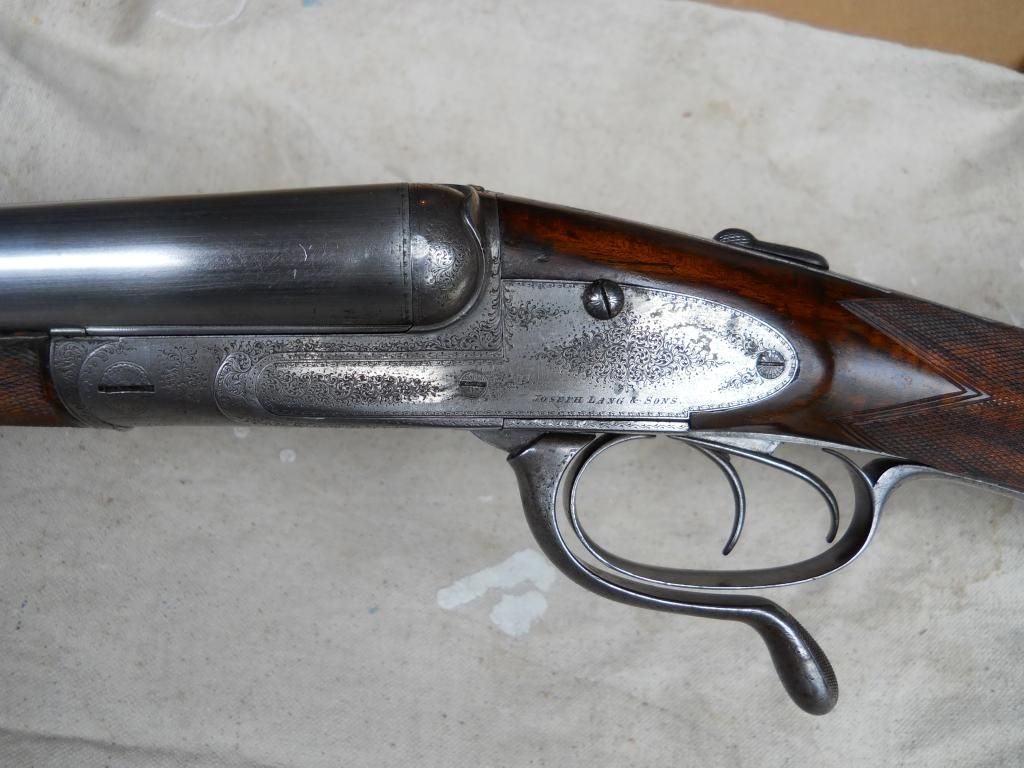Joshua 2415
New member
I've always wanted a nice side-by-side shotgun, but haven't been able to afford the ones I like. I don't really know much about them, but I'm starting to learn. Now I'm thinking maybe I'll buy a used one, perhaps something that's a bit dinged up, and have the stocks refinished or replaced, and the barrel re-blued, etc.
Any suggestions on a company or person to speak with, who does this kind of work?
Also...and I know this might sound like heresy to some...but...does anybody put choke tubes on a side-by-side shotgun? Everything I've seen seems to come with one IC and the other Full, or some other variation. Why don't doubles have replaceable choke tubes, like semi-autos? If I find a used double that I like, can a gunsmith retro-fit it for choke tubes? My finished gun will be used mostly for upland hunting, dove hunting, and turkey.
Any suggestions on a company or person to speak with, who does this kind of work?
Also...and I know this might sound like heresy to some...but...does anybody put choke tubes on a side-by-side shotgun? Everything I've seen seems to come with one IC and the other Full, or some other variation. Why don't doubles have replaceable choke tubes, like semi-autos? If I find a used double that I like, can a gunsmith retro-fit it for choke tubes? My finished gun will be used mostly for upland hunting, dove hunting, and turkey.


